Updated
12 min read
App Development Costs Breakdown — Exploring Your App’s Price Tag

Not only can developing an app be a creatively rewarding experience, but it can also be profitable.
Despite there being millions of apps in app stores worldwide, developers and entrepreneurs continue to publish apps with the hopes of making it a success—which is always a possibility, as long as you have a marketable and well-designed product.
Mobile app development is a long journey, but it’s one worth taking if you have a truly innovative idea.
But before embarking on that journey, it’s important to understand what you’re facing ahead. Every step of the process, after all, comes with costs. The most obvious would be the price for hiring developers to build your app, but you also have to think about UX/UI design, testing, marketing, and other steps that are critical for any app’s success.
Let’s break down some of these key steps in the app development process so you know ahead of time what you’ll need consider when it comes time to budgeting for your app.
Table of Contents
- Developing Your Idea
- Is Your Idea Feasible?
- Does Your Idea Fill Any Gaps in the Market?
- What Technologies Will it Leverage?
- Bringing Together an All-Star Team
- Using Freelancers
- Agencies
- Covering Your Bases
- Plan Your Development Process
- What’s it Going to Look Like?
- The Backend
- During Development
- Test Your App With Your Market
- Upkeep and Updates
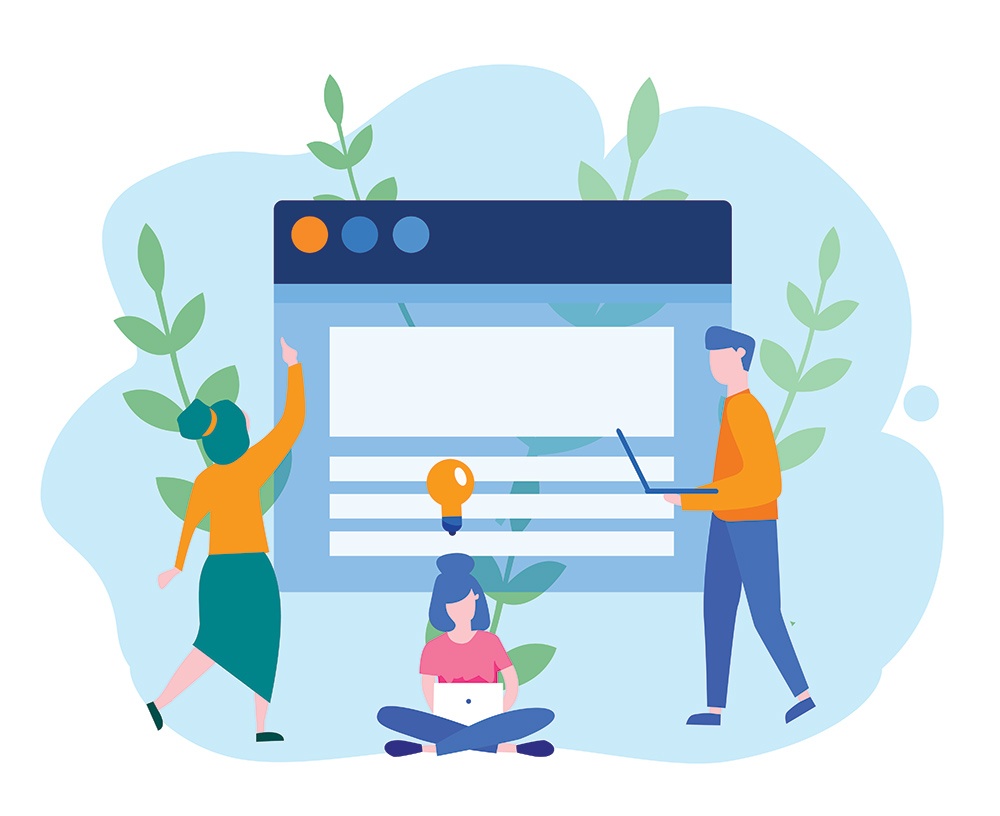
Developing Your Idea
Before you spend a single penny, you need to develop your idea into something that can be used to fill a gap in the app market.
You may think your idea is innovative and profitable, but in reality, it might not be all that necessary for the needs of today’s users.
Here are a few questions you need to ask yourself to see if your idea has value:
Is your idea feasible?
While you may have a great idea that could help countless people, it may just not be possible.
Whether it’s because of financial constraints or the limits of our modern technology, consider if your idea is outside the bounds of possibility.
This doesn’t necessarily mean your app idea has to come to an end. Try instead to limit the scope of your idea and trim down anything that is not necessary or unfeasible.
If what’s left is still something you can be proud of, you should continue with development.
Does your idea fill any gaps in the market?
This doesn’t mean that you need a brand new idea. For example, there are many different streaming services in the app store, but not all of them offer the exact same thing.
While they’re similar, they fill in different gaps in the streaming market, which is why so many people use them. In fact, over three-quarters of U.S.households subscribe to a streaming service.
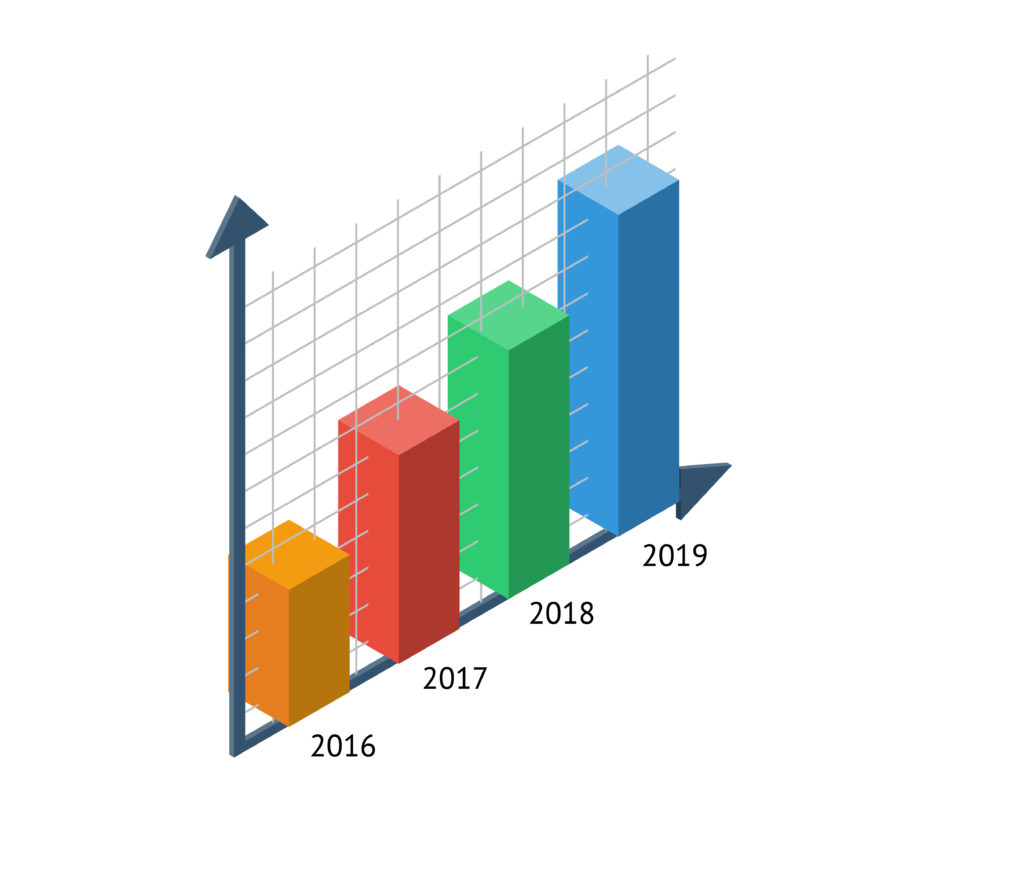
Remember, your mobile app idea should be something that people need or want.
Whether it’s something that’s never been done before or maybe it’s just a new take on an existing idea – it needs to respond to the needs of your market in order for it to have any value.
What technologies will it leverage?
This is important for the development end and also when it comes to cost. The complexity of your app could rack up huge costs during development as well as post-launch upkeep.
Services like food delivery and ride share apps leverage multiple technologies like GPS, payment, user account servers both on the employee and client side.
This gets pretty expensive, especially because you’ll need developers who can handle all of these technologies.
Then there are more advanced technologies apps today can leverage, such as AI and machine learning, wearable app integration, blockchain, and more.
Web3 is said to be the next version of the internet and more developers and entrepreneurs are creating decentralized apps that run on the blockchain, which comes with its own benefits (enough for an article of its own!).
As you can see, your app can be as simple or as complex technologically as you need it to be. And of course, the more advanced tech you use, the more specialized your development team will need to be and the more money you’ll need to spend.
Bringing Together an All-Star Team
This is the most expensive part of developing an app. Finding the right people for the right price can be difficult, but you do have options.
Thanks to our global economy, you don’t necessarily have to employ those in your area.
Believe it or not, but you have access to the entire world to find talent. Because of these different markets, you can save money in certain areas of development.
Some markets in different countries offer lower-cost services than what we have here in the US.
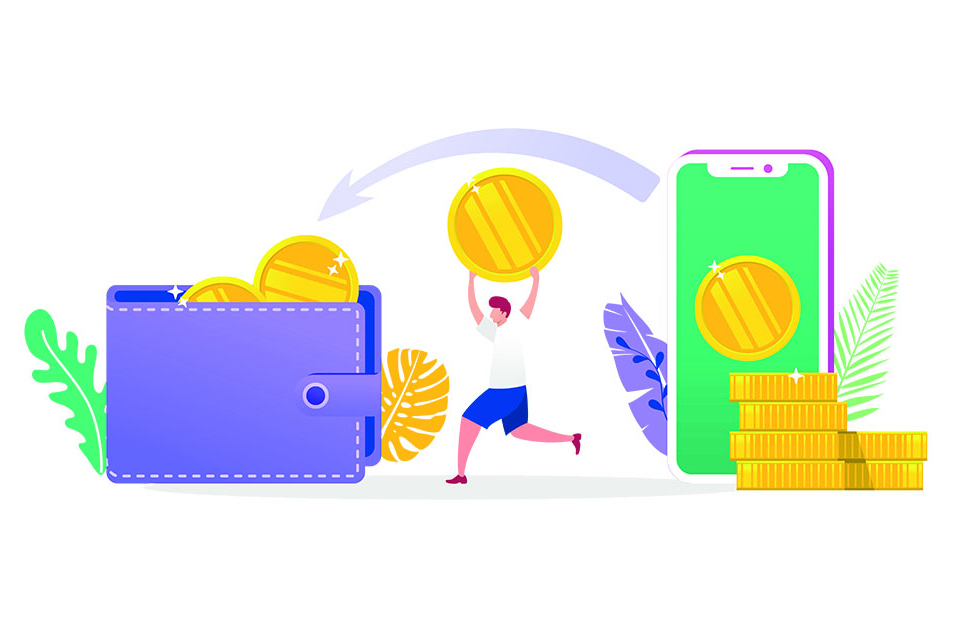
Of course, working with talent from other countries means more hoops to jump through, like dealing with potential language barriers or working in different time zones, but for some people it’s worth it.
Using Freelancers
Besides being the cheapest option when hiring, there are some excellent benefits to using freelancers as well.
When working with someone in a different time zone, their workday could be when you’re asleep.
Each day you can contract out the work. By night your freelance developers are working on it, giving you a product by morning.
Finding talent is streamlined as well.
There are countless platforms used by clients and freelancers to connect online and begin a working relationship.
Each freelancer will have experience and information about them to help you in your recruitment process.
With that said, there are certainly some glaring downsides to hiring freelancers instead of a local agency.
For the most part, freelancers aren’t going to be in your area and you probably won’t know them personally.
These circumstances restrict your working relationship to one that is only conducted through messaging or email.
Not everyone loves that kind of working relationship.
It also means having a little less control over your project. While it’s not great to micromanage in the first place, you can hardly do it anyway when it’s in the hands of a freelancer. You just have to trust them.
If you’re ok with your project requiring possible deadline extensions, enduring the flakiness of certain freelancers, and having to hire multiple individuals over the course of your project, then hiring offshore may be a good option for you to cut costs on your mobile app.
Agencies
While this route is more expensive, it’s still preferred by many in the business, and for good reason.
Agencies are the easiest way to create a working relationship with your employees. They can also vary in cost just as much as freelancers.
With an agency, you have more creative and directorial control over your project than you would with a freelancer since you can meet your employees face-to-face.
Creating these relationships can improve the overall outcome of your project and team performance over the development period.
A smaller agency is a great option for someone who wants to cut costs but isn’t interested in hiring freelancers.
You still get the agency experience without the exorbitant costs and large office sizes.
Just keep in mind that this will still cost more than hiring a freelancer and it may not be necessary depending on your budget and the complexity of your app.
Covering Your Bases
Remember, you’ll need expertise in every area.
This includes front-end (what the client sees), back-end (processes going on behind the scenes), and any implementation of technologies that you plan on using for your mobile app.
You want someone who is skilled in designing and implementing each of these pieces so they not only look good but also communicate with each other responsively.
A good-looking app isn’t much unless it works great too.
Two Mobile Giants
You will also need to account for Android and iOS versions of your application.
You don’t have to pick both platforms, but you need to do your research before making that decision.
Android development is usually cheaper than iOS and reaches a larger audience internationally.
As a mobile operating system, Android is actually the most popular in the world, greatly outnumbering anything else on the market.
This decision boils down to doing your research and understanding your budget.
Are you trying to reach a market that is younger and more likely to make in-app purchases? You probably want to choose iOS in this instance, but you’d have to be willing to spend more money during development.
Are you trying to save money and reach a larger audience globally? Android would be the better decision for this criterion, and you’d save a good sum of cash.
Plan Your Development Process
Without a plan in place, you’ll end up wasting a whole lot of money during the development process.
Setting accurate and attainable deadlines, sticking to your schedule, and leaving room for error rather than rushing development, adding things last minute, and setting unreasonable goals is important in this step.
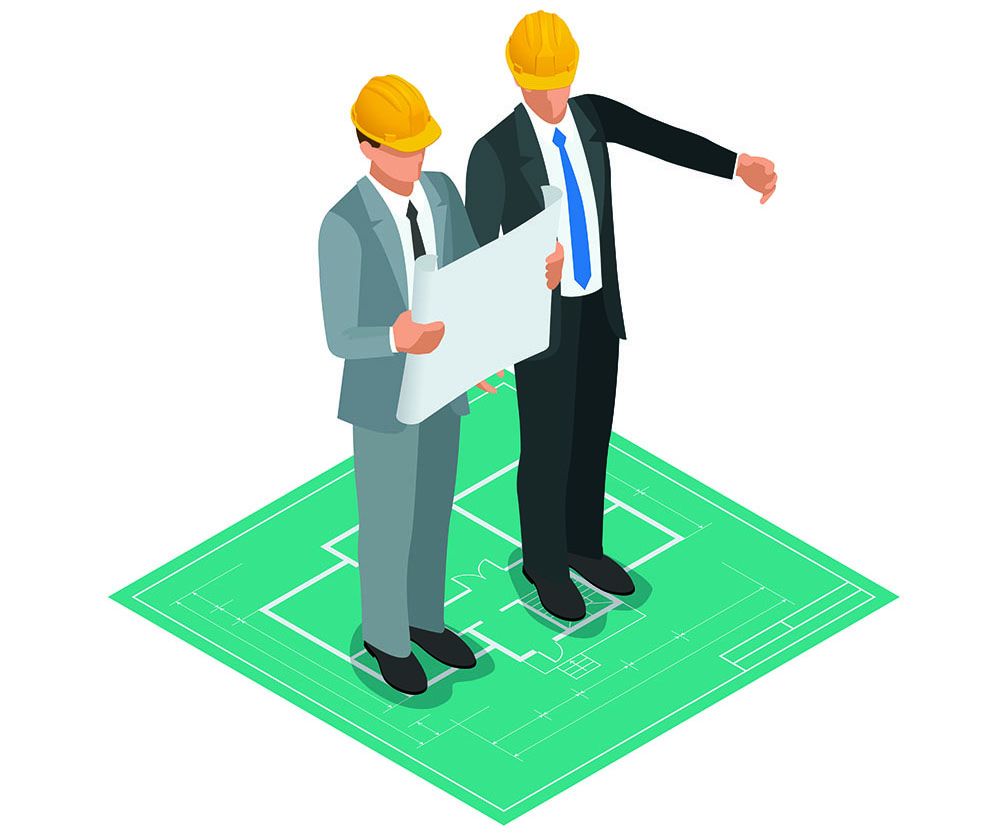
What’s it going to look like?
The first step in your development should be the UI/UX.
It’s easier to design the backend when backend devs know what they’re dealing with. It helps visualize what your app is going to do before it’s developed.
This basically lays out the framework for your app.
You want to make something extremely user-friendly, but not to the point where a user might feel like their hand is being held. User interfaces can make or break your app.
At this point you’ll want to design your logo, menus, buttons, and color schemes to get an idea of what the finished product will look like.
This doesn’t need to stay the same if you feel like a change is needed down the road, however.
The Backend
Now that you’ve conceptualized your application, you can begin to work on the things that the user won’t see.
This is the heftiest part of your project as far as work since it’s mostly just programming and implementation.
At this point, your backend developers will need to connect everything to turn your concept into something that works.
This usually includes setting up servers, implementing technologies or APIs, and hard-coding functionality.
During Development
Adding features during development is actually not a bad idea at all. If you find a way to improve your product along the way, then it would only make sense to include those improvements.
This only becomes an issue when you add too much to your application.
PRO TIP:
Remember, more isn’t always better. When a user becomes overwhelmed with features, it makes the app feel convoluted and unenjoyable to use.
The backend can vary greatly depending on the complexity of your app, and this is the area where most of your time and investment will go. So think wisely.
While designing a user experience can be challenging and a long process, the backend will easily take the longest.
Test Your App With Your Market
Once you have something that works and you’re proud of, you’ll want to let a select group of people try it out before you ship it out to the public.
This is known as usability, or Q&A, testing and is an easy way to assess the user’s perception and experience with your app.
At this point, you’ll want to have some kind of prototype ready for users to work with.
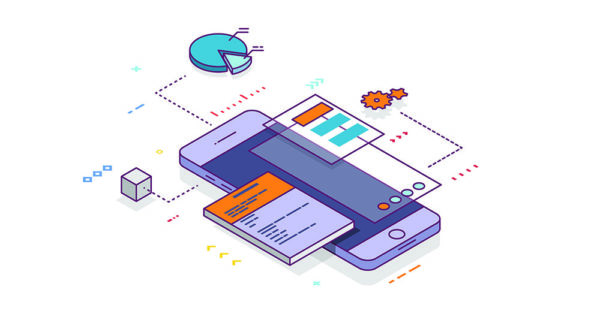
While your app might make perfect sense to you, it probably won’t for everyone when most they first use it.
Testing your app considers the user’s first impressions with your app, how well they can use it based on in-app prompts and design choices, and possible suggestions that could improve the experience, which has immense value.
Usability testing allows for refinement of your user experience, fixing any issues that may have caused problems for users, alleviating possible confusion, and streamlining the user experience.
Remember, user experience can make or break your app. A bad user experience can ruin your app, even if your app ideas are brilliant.
Your user needs to enjoy using your app without confusion, without crashing, lag, and bugs.
The moral of the story is, you’ve invested a lot of time and money into making your dream app come true, so take as much time testing it with the public as you need so it can become successful.
Upkeep and Updates
Now that your app is on the market, your job isn’t done yet.
Mobile operating systems update regularly and your app needs to update with it to remain accessible. Your app isn’t just a program that you can release and ignore, it’s a business.
You’ll need to continually invest in your application—updating it and adding new features as you go along. Letting your community know that you’re still supporting them will keep them invested in your application in the long run.
Features will probably be added in the future, changes will be needed—that’s the nature of software today. It’s nothing to worry over, just don’t let your team go once the app is released and plan your budget accordingly.
Final Thoughts
How much, exactly, an app is going to cost you is hard to say and depends on a wide variety of factors, some of which we covered in this article. Before getting into hard numbers and figures, break down every step of your mobile app and what it will take to get it to launch successfully.
Our cost-effective Simple Starter package can help transform your app ideas into an actionable plan in just three simple steps.
By saving money where you can and investing more where you need to, you can ultimately create something that they’re proud of. And something profitable!
Now that you’re more informed about the process of creating and developing an app, it’s time to get out there and begin your journey.

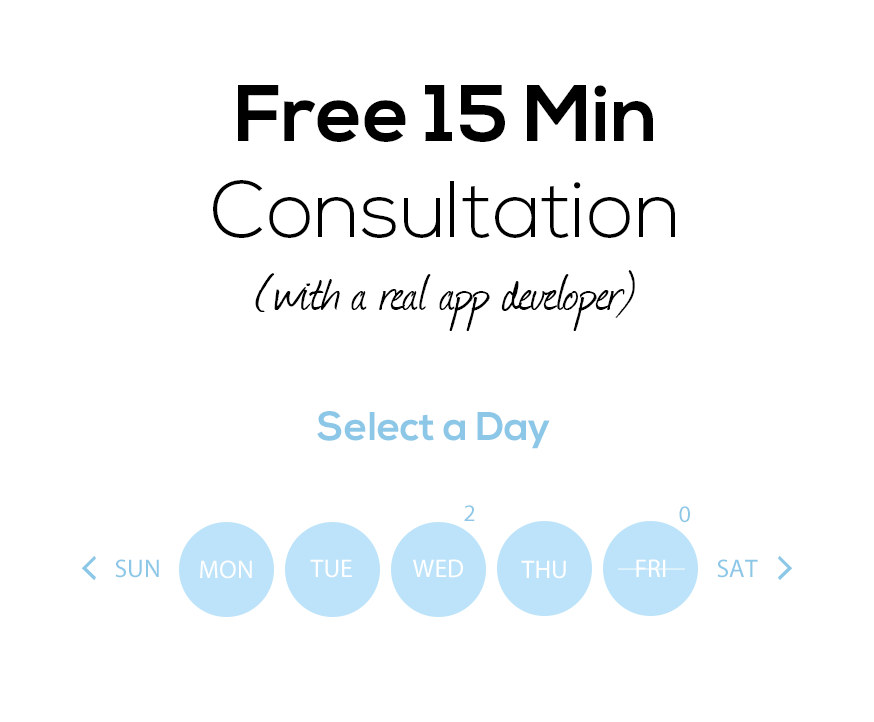


Your inbox wants some love.
Stay informed with Webiotic latest






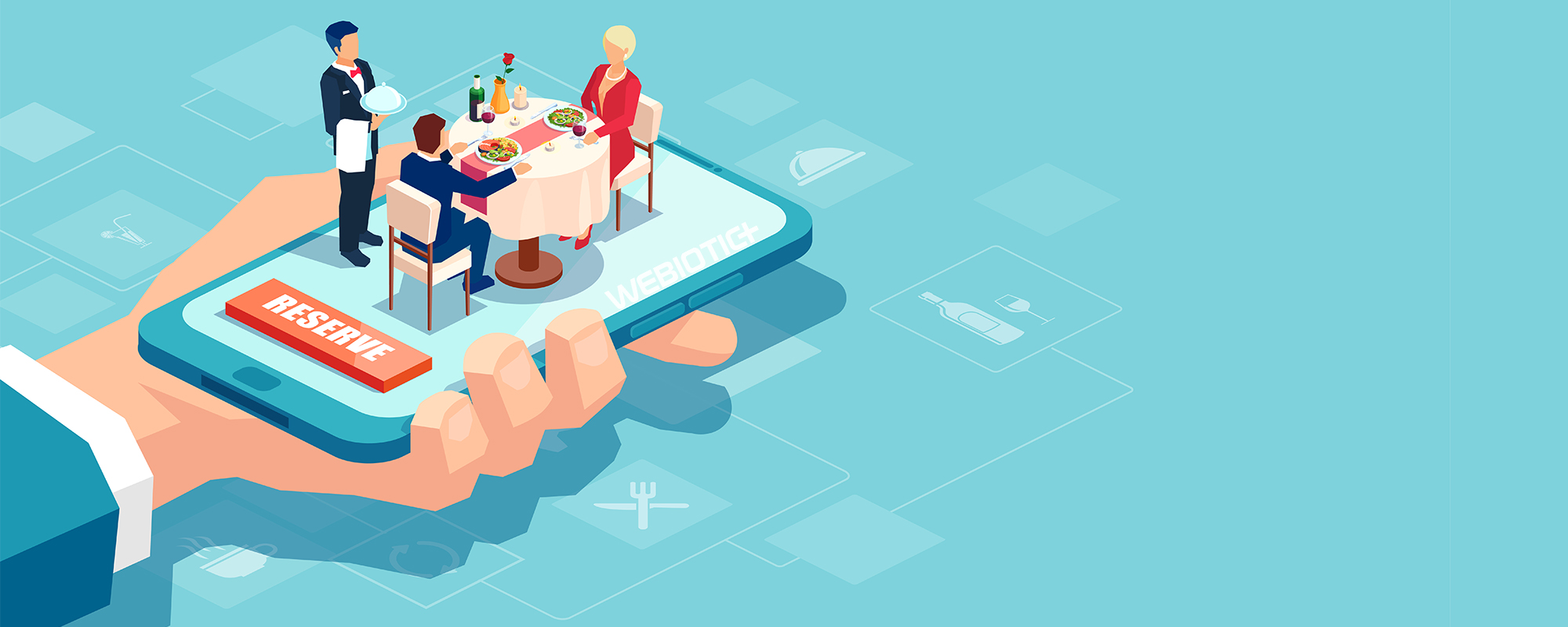



0 Comments